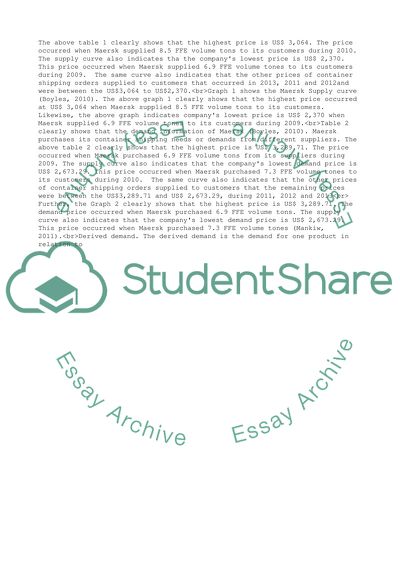Cite this document
(“Report on Maersk (f) Research Paper Example | Topics and Well Written Essays - 1250 words”, n.d.)
Report on Maersk (f) Research Paper Example | Topics and Well Written Essays - 1250 words. Retrieved from https://studentshare.org/business/1630723-report-on-maersk-f
Report on Maersk (f) Research Paper Example | Topics and Well Written Essays - 1250 words. Retrieved from https://studentshare.org/business/1630723-report-on-maersk-f
(Report on Maersk (f) Research Paper Example | Topics and Well Written Essays - 1250 Words)
Report on Maersk (f) Research Paper Example | Topics and Well Written Essays - 1250 Words. https://studentshare.org/business/1630723-report-on-maersk-f.
Report on Maersk (f) Research Paper Example | Topics and Well Written Essays - 1250 Words. https://studentshare.org/business/1630723-report-on-maersk-f.
“Report on Maersk (f) Research Paper Example | Topics and Well Written Essays - 1250 Words”, n.d. https://studentshare.org/business/1630723-report-on-maersk-f.


